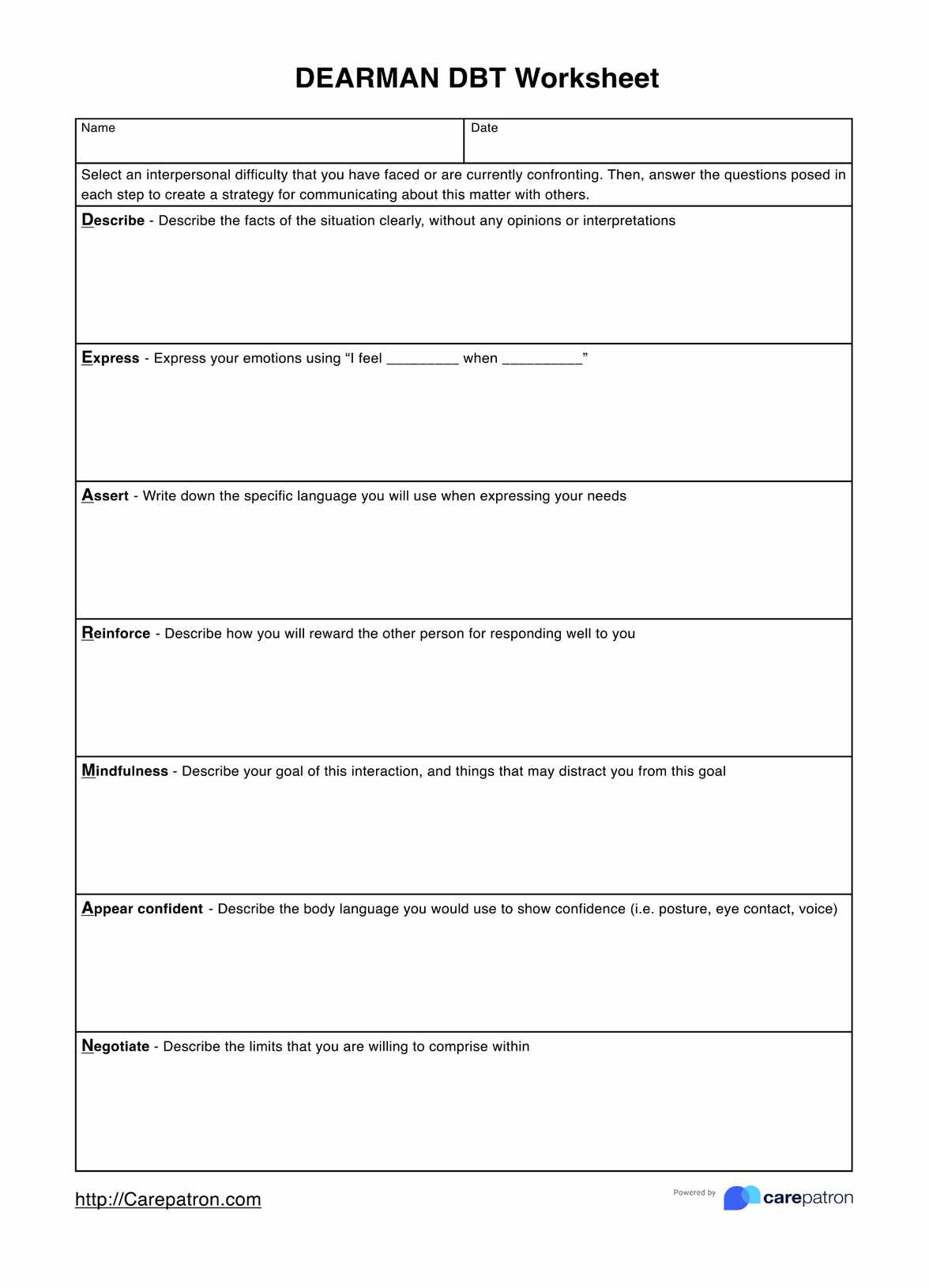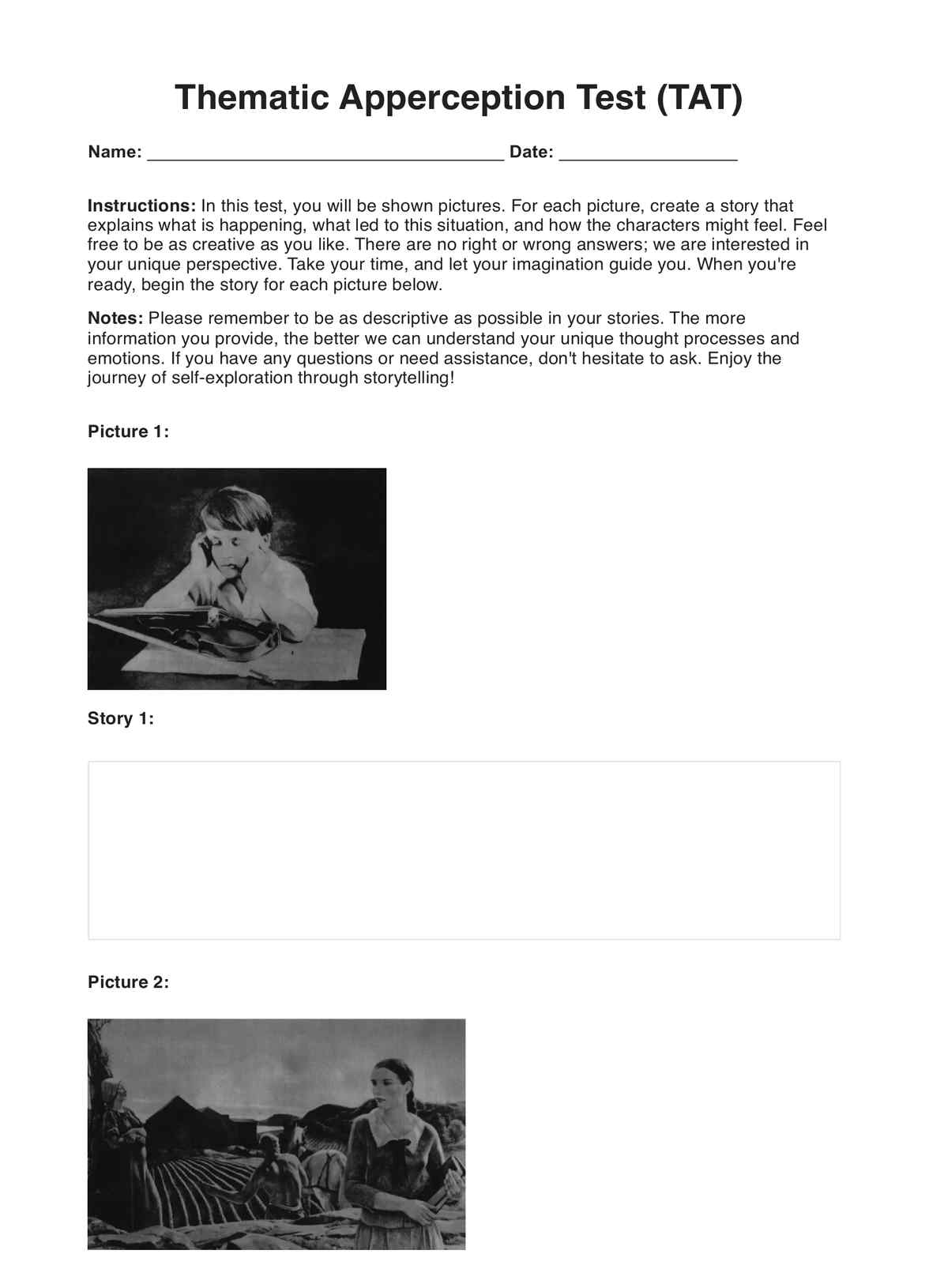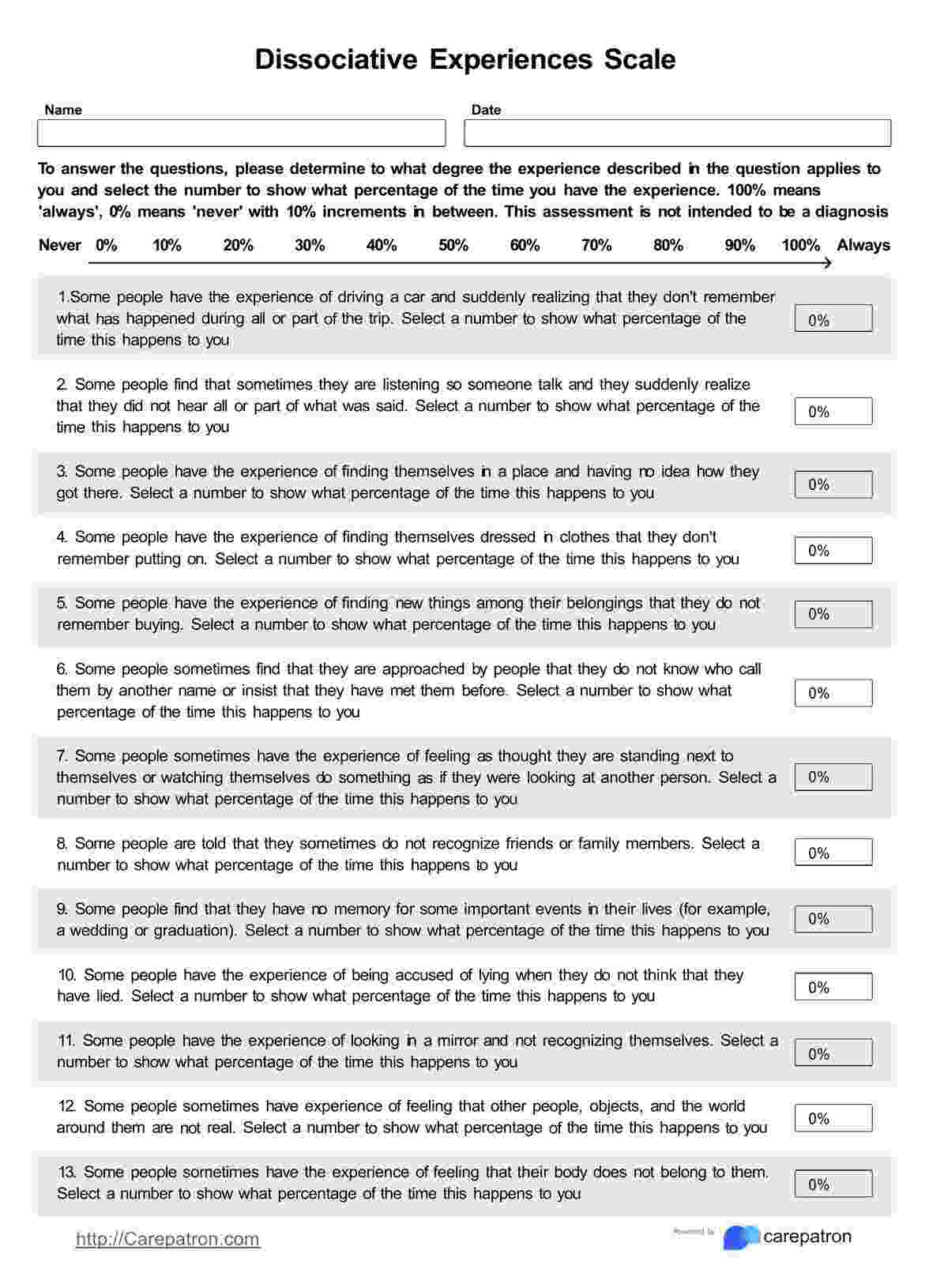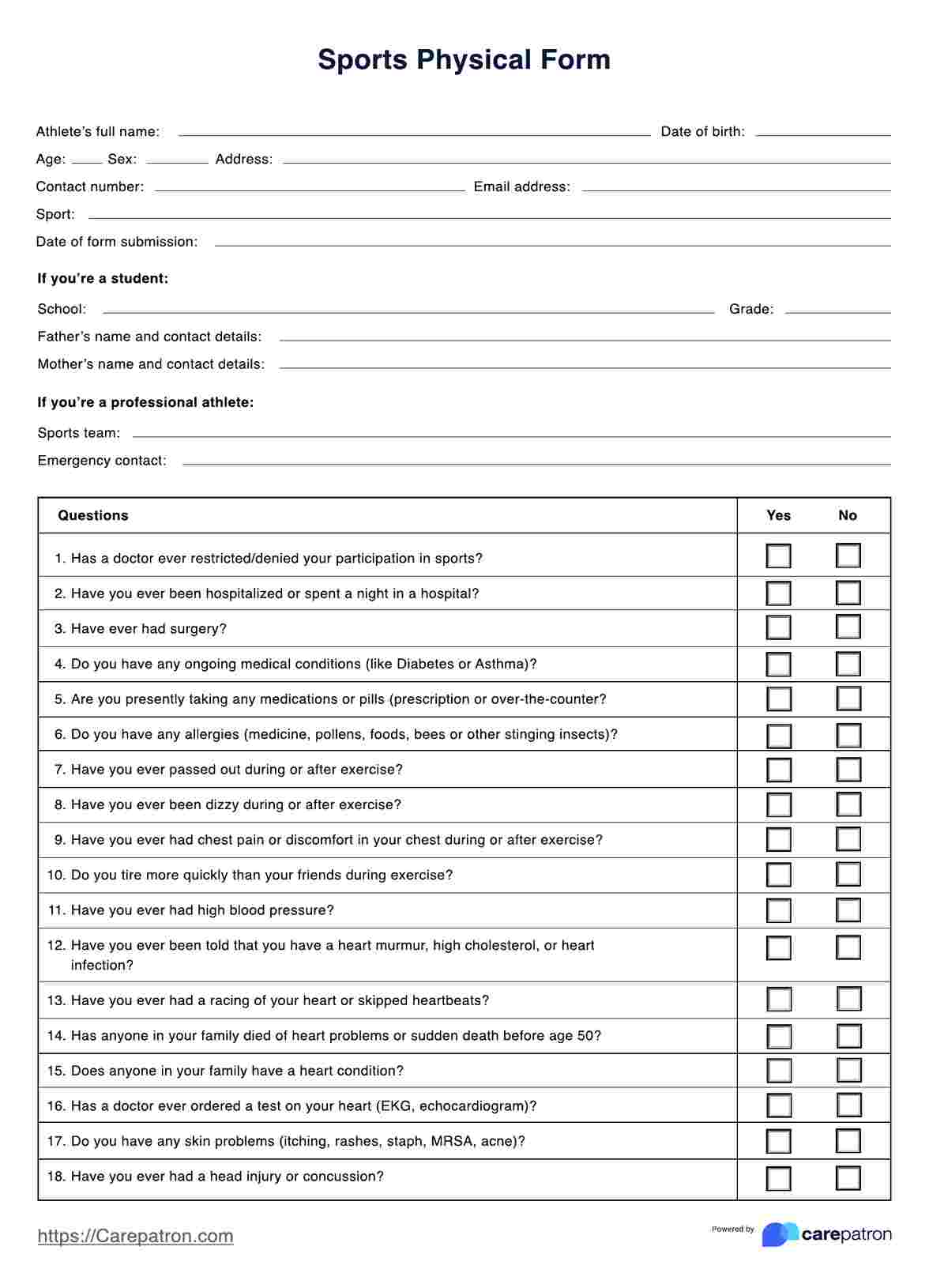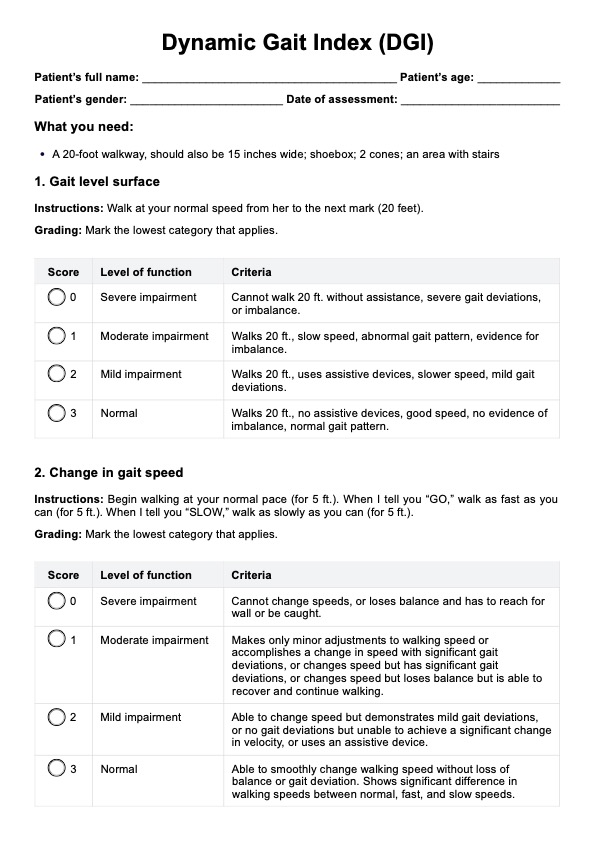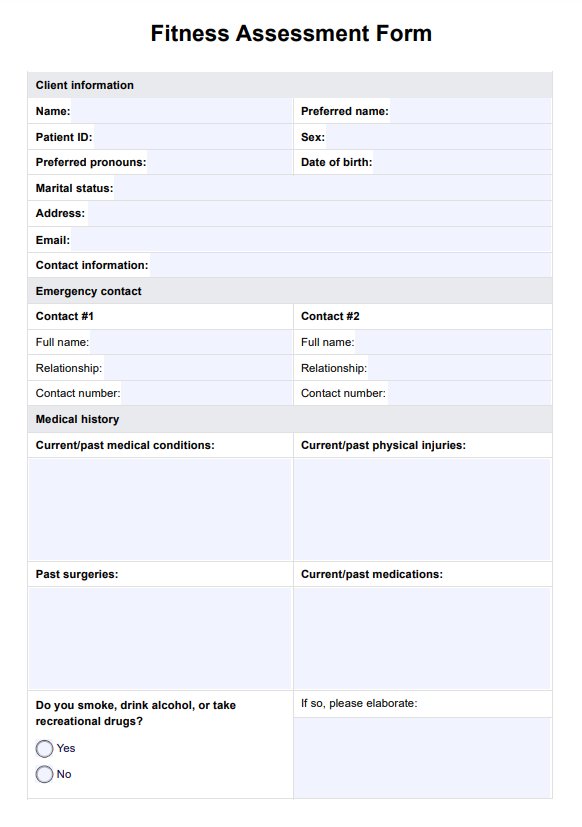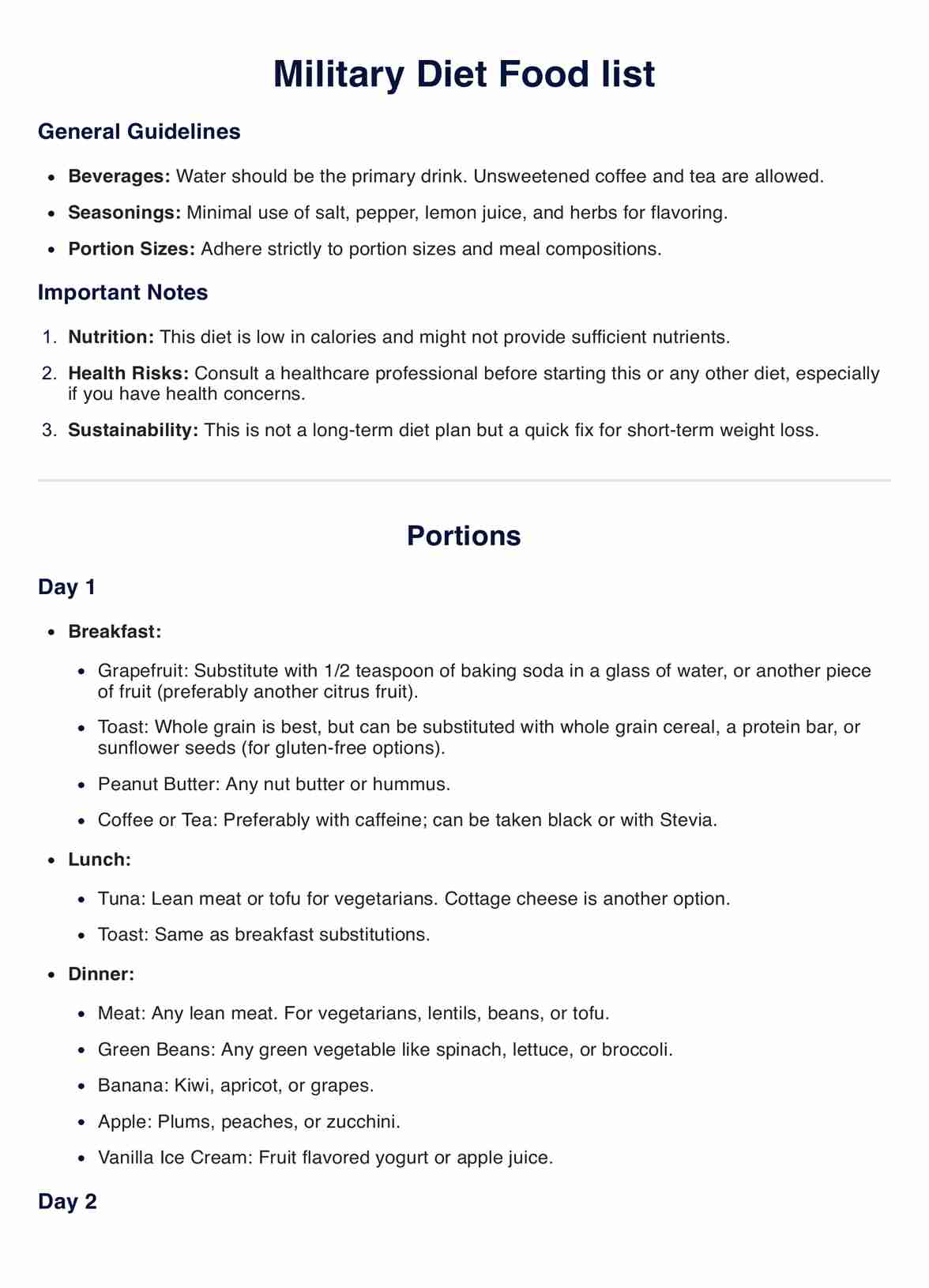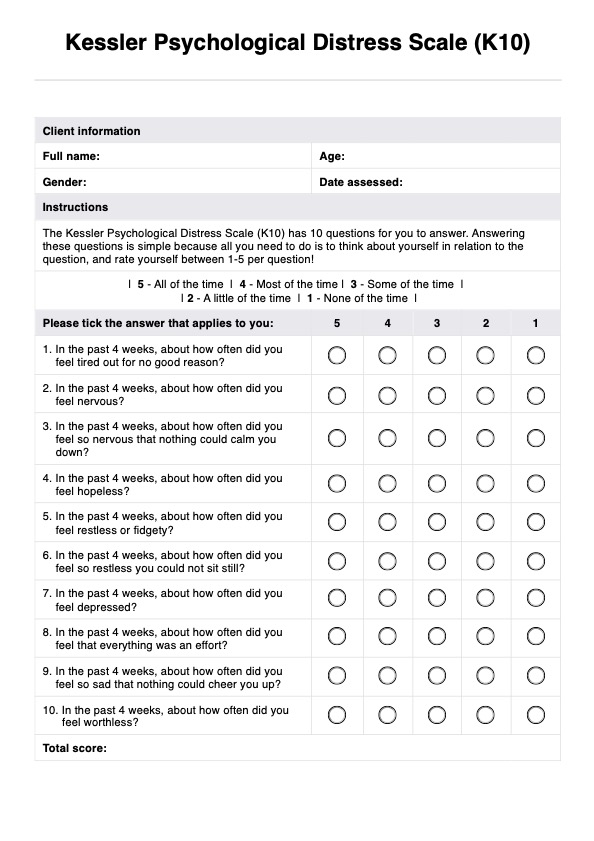Pulled Hamstring’s Test
Learn how to perform the Pulled Hamstring Test with our free PDF guide. Understand the steps, indicators, and results of this common medical evaluation.


What is a Pulled Hamstrings Test?
The hamstrings are an integral part of the body, stretching from the pelvis down to the knee. They consist of three muscles: the biceps femoris, semitendinosus, and semimembranosus. These muscles control the movement of your leg when it bends or extends at the knee, and they also help to stabilize the pelvis.
Pulled hamstrings are a common injury among athletes, especially those who engage in activities that involve running and jumping. This type of injury occurs when the muscle is stretched too far, tearing the fibers. It can be painful and take months to heal properly.
Many doctors use the to determine the severity of a pulled hamstring. This simple test requires no special equipment and can easily be performed at home or in a doctor’s office.
The patient will be asked to lie flat on their back to perform the test. Then, the doctor will ask them to raise one leg in a bent position and hold it for a few seconds. The doctor will then measure the angle at which the knee is bent and compare it to a normal range of motion. If the angle is greater than usual, it can indicate that a pulled hamstring has occurred.
Check out the video below to see how hamstring strains are assessed:
Pulled Hamstring’s Test Template
Pulled Hamstring’s Test Example
How does this Pulled Hamstring Test work?
Our free Pulled Hamstring Test provides a comprehensive guide to help you perform this exam. Follow these steps to get started:
Step One: Access free test
Get a copy of the free template using the link on this page. You can also access it using the Carepatron app or our resources library.
Step Two: Discuss the exam with your patient
Before you begin, discuss the test and its purpose with your patient. Ensure they understand what will happen and answer any questions they may have.
Step Three: Perform the assessment
Use the steps listed on the free Pulled Hamstring Test to administer the exam. Make sure to take note of the angle at which the knee is bent during the test and compare it to a normal range of motion.
Step Four: Analyze the results
Using the data collected, you can determine whether your patient has a pulled hamstring. If their knee’s angle is greater than expected, then it may indicate a pulled hamstring.
Pulled Hamstring Test Interpretation
The Pulled Hamstring Test is a great way to quickly assess the severity of a pulled hamstring. If the angle at which the knee is bent during the test is greater than expected, it could indicate that a patient has a pulled hamstring.
However, further testing may be required to make a definitive diagnosis. Additionally, other injuries, such as tendinitis or bursitis, may also produce similar symptoms and require additional medical attention.
When to use these Pulled Hamstring assessments?
The Pulled Hamstring Test can help you quickly and easily evaluate the severity of a pulled hamstring. You can administer this exam to:
Identify the degree of a pulled hamstring
This exam enables you to estimate the degree of a pulled hamstring by measuring the angle at which the patient’s knee is bent. You can then use this data to determine the severity of their injury and decide on further treatment, such as physical therapy or surgery.
Screen individuals at risk of developing a hamstring injury
You can also use this test to screen athletes or individuals likely to develop a pulled hamstring. By assessing the knee's range of motion and comparing it to what is expected, you can determine if any pre-existing risk factors could lead to a pulled hamstring.
Determine how best to treat a pulled hamstring
This Pulled Hamstring Test can help you decide on the best treatment course for your patient. Depending on the findings, you may recommend physical therapy, rest and ice, or even surgery.
Monitor the progress of a pulled hamstring following treatment
By regularly performing this exam, you can track the progress of your patient's pulled hamstring following treatment. This way, you can evaluate if further intervention is required or if the patient has recovered from the injury.
Who is this Pulled Hamstring Test PDF for?
Our free Pulled Hamstring Test PDF is designed to help healthcare professionals quickly and efficiently evaluate and diagnose a pulled hamstring. The exam can be used by:
- Physical therapists
- Physicians
- Sports medicine doctors
- Athletic trainers
- Chiropractors
- Orthopedists
- Fitness coaches
Additionally, you can utilize this exam in various settings, including hospitals, clinics, sports teams, and even at home.
.png)
Benefits of these free Pulled Hamstring Test Templates
The Pulled Hamstring Test is an excellent tool for assessing and diagnosing pulled hamstrings. The following are some of the benefits of using our free template:
It's quick and easy to administer
This exam can be administered in minutes and requires no special equipment or training. It can help you save precious time while providing accurate results.
It's concise and comprehensive
Our free Pulled Hamstring Test provides easy-to-follow steps and allows you to record your findings in no time.
It's fully digital
This test is available as a downloadable PDF, so you can easily access it whenever needed. Additionally, the template is also printable for those who prefer hard copies.
It helps patients voice out concerns
The Pulled Hamstring Test can help patients clearly explain their symptoms, making it easier for you to identify and diagnose the injury. This can also help you decide on the best treatment option for them.
Commonly asked questions
You can administer this test by having the patient lie on their back and bend their knee. Measure the angle of the knee in relation to the leg and compare it to what is expected. Use this data to determine the severity of the pulled hamstring and decide on further action.
The Pulled Hamstring Test doesn't have a scoring system, but the data collected can be used to determine the severity of a pulled hamstring and decide on a course of treatment.
The Pulled Hamstring Test is an excellent tool for quickly and easily assessing and diagnosing pulled hamstrings. It helps medical personnel assess a pulled hamstring, determine the best course of treatment, and monitor a patient's progress following treatment.



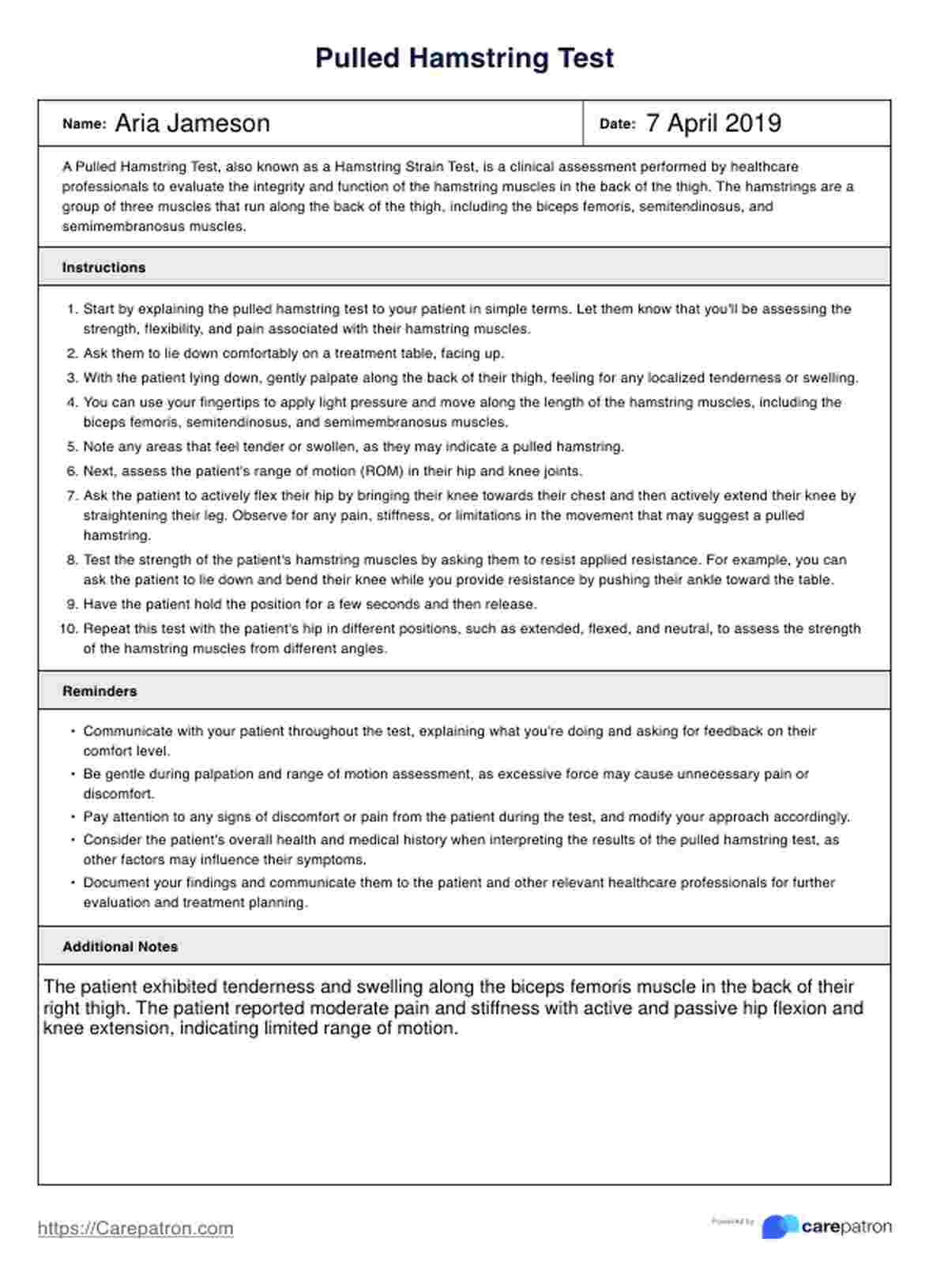

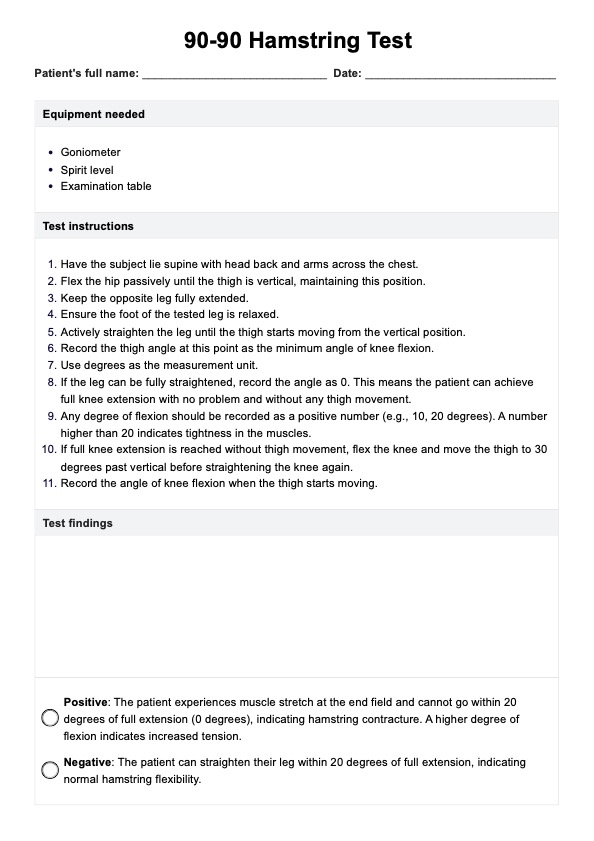












-template.jpg)























































































